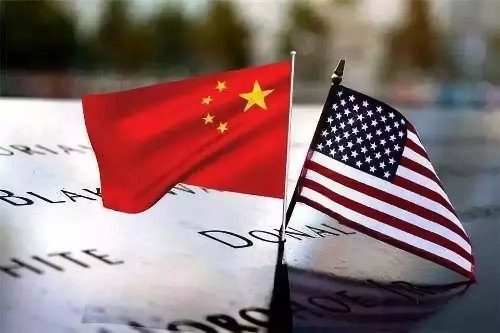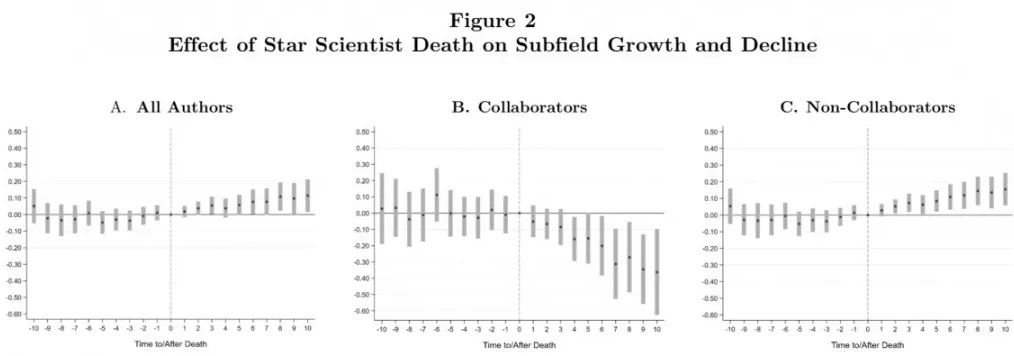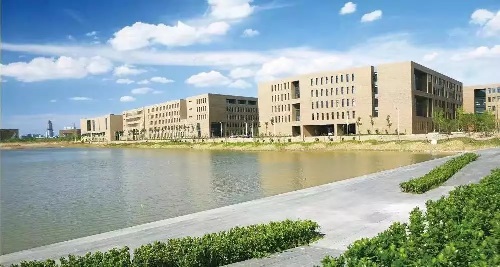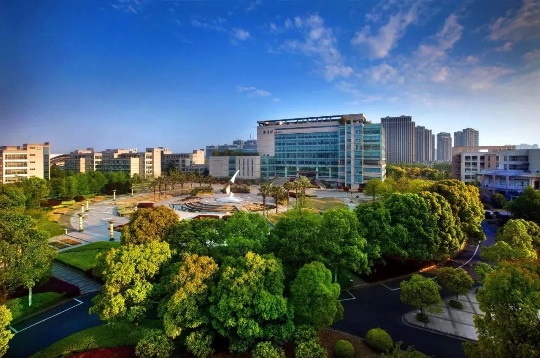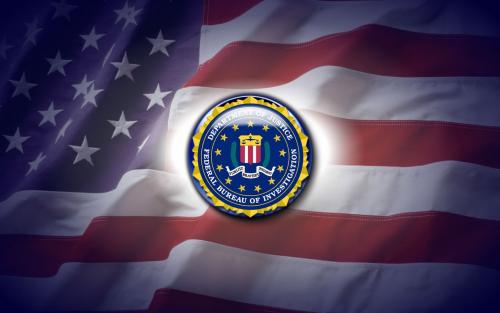It started with a simple message from Internet billionaire Yuri Milner:Let’s meet up.
Before responding to that e-mail in April, Jacob Lurie, a Harvard University mathematics professor, decided to look up Milner and found that the venture capitalist, along with Facebook founder Mark Zuckerberg, had started awarding a $3-million prize in mathematics this year. Lurie figured Milner wanted his advice on whom to pick. “I was surprised,” Lurie says, “when he offered me the prize.”
University of California, Los Angeles, mathematician Terence Tao got a similar shock and tried to convince Milner there had been a mistake. “I don’t feel like I’ve done enough yet,” says Tao, a highly regarded mathematician and former child prodigy who is famous for being the youngest full professor ever at UCLA. In all, five mathematicians have been awarded the 2014 Breakthrough Prize in Mathematics.(A similar physics prize was started in 2012 and one in life sciences was first awarded last year.)An awards ceremony and scientific conference are set for November 9–10 in Silicon Valley.

The winning researchers all work at the leading edges of some of the most fundamental and abstract areas of mathematics. Jacob Lurie, for instance, explores the intersection of topology and algebraic geometry. He studies “invariants” of shapes, which are properties of shapes that do not change even when the shapes do.
Tao works in several areas of math, but currently he is most excited to be studying basic equations that describe water and air flow. These equations can reproduce violent, turbulent flow in ways that are poorly understood. They are of interest to engineers and also to meteorologists, who use it for weather prediction. For instance, mathematicians do not yet know whether the equations sometimes result in a phenomenon called a singularity—a theoretical but physically impossible circumstance in which fluid moves at infinite speed. Tao is investigating a new approach to studying these equations that uses math to construct little self-replicating robots made entirely of water, which he hopes will tell him whether singularities exist. If successful, Tao’s technique could also be used to study equations from Einstein’s general relativity that describe how black holes form.
The other winners are Simon Donaldson from the Simons Center for Geometry and Physics, who studies four-dimensional shapes; Maxim Kontsevich from the Institute of Advanced Scientific Studies in France, a mathematical physicist who won the Fundamental Physics Prize in 2012; and Richard Taylor from the Institute for Advanced Study in Princeton, N.J., a number theorist who in 1995 helped prove Fermat’s last theorem, a famous 300-year-old problem.

The $3-million payouts dwarf any other scientific prize—including the $1.2-million Nobel, from which mathematicians are excluded(The prizes are awarded in chemistry, economics, literature, physiology or medicine, peace and physics.)Breakthrough Prize ceremonies are black-tie affairs festooned with A-list celebrities. The last two hosts were actors Kevin Spacey and Morgan Freeman. Milner’s hope is that lavish payouts and star treatment will turn the winning researchers into household names and inspire future generations to pursue math and science as prestigious careers.
The new prizes have garnered criticism from some scientists, as reported in The Guardian, for lavishing so much money on a few researchers rather than spreading the money more widely, and for downplaying collaboration. Milner’s goal, however, is to increase the popularity of science by celebrating the scientists. “Dividing [money] in small pieces and distributing it widely has been tried before and it works,” Milner says. “I think the idea behind this initiative is to really focus on raising public awareness.”
It will take more than buckets of money, however, to match the prestige and fame conferred by Nobels. The Breakthrough Prize will be a success, Tao says, to the extent that he and the other winners make discoveries that stand the test of time. “Einstein and Dirac and all the other [laureates] really did make huge contributions to science,” he says. “I just hope we can live up to the prize.”
Nominations for 2015 Breakthrough Prizes in Fundamental Physics and in Life Sciences are open through June 30 and can be submitted here.









